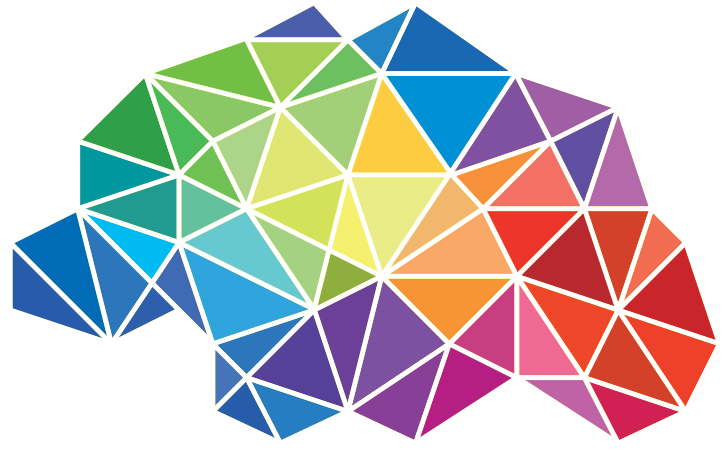Read this Podcast Online
7 Lessons from Leonardo Da Vinci
Tomorrow we head into the first day of Easter break, a time to continue spending with our families as we reflect on renewal and life, and in the current times of Covid-19 this seems especially relevant and so I wanted to do something a little bit different today as we have a look at one of the greatest Thought Leaders of all time - Leonardo Da Vinci.
This dude is amazing, not only did he paint the most famous painting ever made, the Mona Lisa, the most famous religious painting, the Last Supper, and the Vitruvian Man, but his Salvator Mundi also sold for a record $450.3 million at Christies in 2017 making is the highest price ever paid for a work of art. His genius wasn’t limited to art however, as a scientist, mathematician, engineer, inventor, anatomist, painter, sculptor, architect, musician, and writer, with ease which scholars believe was based on empirical methods and logic which was unorthodox at the time, remember at this time people still though the world was flat. Actually those people still exist but that’s a whole ‘nother video.
Da Vinci was so forward-thinking he was almost a futurist, discovering and inventing things before they had been invented or understood as far as we know them today.
In 1487 he designed the fighting vehicle, 400 years before we ‘invited it’ for world war 1 and called it a tank. His version had 36 guns in a conical design operated by cranks and wheels. A BBC documentary tried to rebuild it based on his detailed drawings and only managed to do so by changing one of the gears which we now know was an intentional error to stop unauthorised use.
Arguably the first humanoid robot being a mechanical knight
The diving suit
The parachute
The anemometer to measure wind speed
The helicopter and landing gear
The machine gun
The car, he called a self-propelled cart
Over 200 anatomical drawings
He was the first person to define the double S of the human backbone, to correctly worked out blood flow and the heart valve
And that’s just 10 things of so many more. He was a really interesting fellow and arguably life today wouldn’t be as we know it if it wasn’t for his willingness to challenge common wisdom and to drive for change.
Scholars have researched how it is that one renaissance man could be so influential, what is it that is unique about his way of thinking and indeed thinking about thinking.
Michael Gleb published ‘How to think like Leonardo Da Vinci in which he defines the following 7 principles
Curiosita - forgive my poor Italian but it means constantly questioning things and having an insatiable curiosity, asking the question why
Dimostrazione - commitment to testing knowledge, proving things out as true of false
Sensazione - continual refinement of the sense, such as sight, which is about clarifying experiences,
Sfumato - I love this one because its fun to say but also what cool meaning, which is a willingness to embrace ambiguity, paradox and uncertainty, there’s a word for that
Arte/Scienza - about finding the balance between science, art, logic and imagination, this is really about whole-brain thinking,
Corporalita - the cultivation of ambidexterity, fitness and poise, this is a fascinating one, he moves out of his mind into his body proposing we cultivate the full scale of physical capacity from grace and to fitness prowess
Connessione - a recognition of the connectedness of all things, this is about systems thinking, to form new patterns
And here’s the kicker, just like his futurist thinking, he was ahead of his time in the very manner of thinking where those 7 principles are also defined in our approach to design thinking principles.
So as we head into the Easter break, take Leonardo with you, maybe as a topic of conversation with the family, maybe in self-reflection as to what it means for you and I to become renaissance thinkers and doers.


